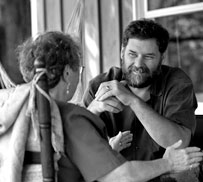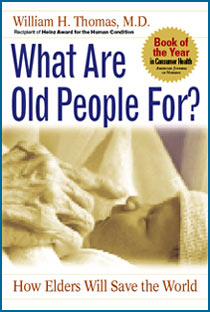![]()
Search
Recent Posts
- ChangingAging.org Redesign -- Please Bookmark!
- Disaster in Buffalo
- Power Up Friday
- Blanchard WinsDays
- Kevin Frick writes...
- Monkhouse Monday
- Getting Closer!
- Blanchard WinsDays
- Power Up Friday
- My Pick for Health and Human Services
- Understanding Health Care Reform
- Facts Are Stubborn Things: Social Security Edition
- Monkhouse Monday
- Localism is Coming
- Krugman Can't Wait...
Recent Comments
Category Archives
- AGING 100
- Aging
- Culture
- Dementia
- Eden Alternative
- Erickson School
- Green House
- Health Policy
- Longevity
- Media
- Rockets
Monthly Archives
- February 2009
- January 2009
- December 2008
- November 2008
- October 2008
- September 2008
- August 2008
- July 2008
- June 2008
- May 2008
- April 2008
- March 2008
- February 2008
- January 2008
- December 2007
- November 2007
- October 2007
- September 2007
- August 2007
 Subscribe to this blog's feed
Subscribe to this blog's feed
Announcements

Blog Data
« Free Rice | Main | Bloggy Goodness »
December 17, 2007 |Permalink |Comments (0)
Ontogeny and Neoteny
I have been looking at human development from the point of view of evolutionary biology and have found a theory that I think might help us understand our relationship to the rest of the primate family...
"To support the argument that we evolved by retaining juvenile features of our ancestors, Bolk provided lists of similarities between adult humans and juvenile apes:
"Our essential somatic properties, i.e. those which distinguish the human body form from that of other Primates, have all one feature in common, viz they are fetal conditions that have become permanent.
What is a transitional stage in the ontogensis [embryonic development] of other Primates has become a terminal stage in man" (1926a, p. 468).

Bolk (1926c, p. 6) provide[s] an abbreviated list in the following order:
1. Our "flat faced" orthognathy.
2. Reduction of lack of body hair.
3. Loss of pigmentation in skin, eyes, and hair.
4. The form of the external ear.
5. The epicanthic eyefold.
6. The central position of the foramen magnum (it migrates backward during the ontogeny of primates).
7. High relative brain weight.
8. Persistence of the cranial sutures to an advanced age.
9. The labia majora of women.
10. The structure of the hand and foot.
11. The form of the pelvis.
12. The ventrally directed position of the sexual canal in women.
13. Certain variations of the tooth row and cranial sutures.














